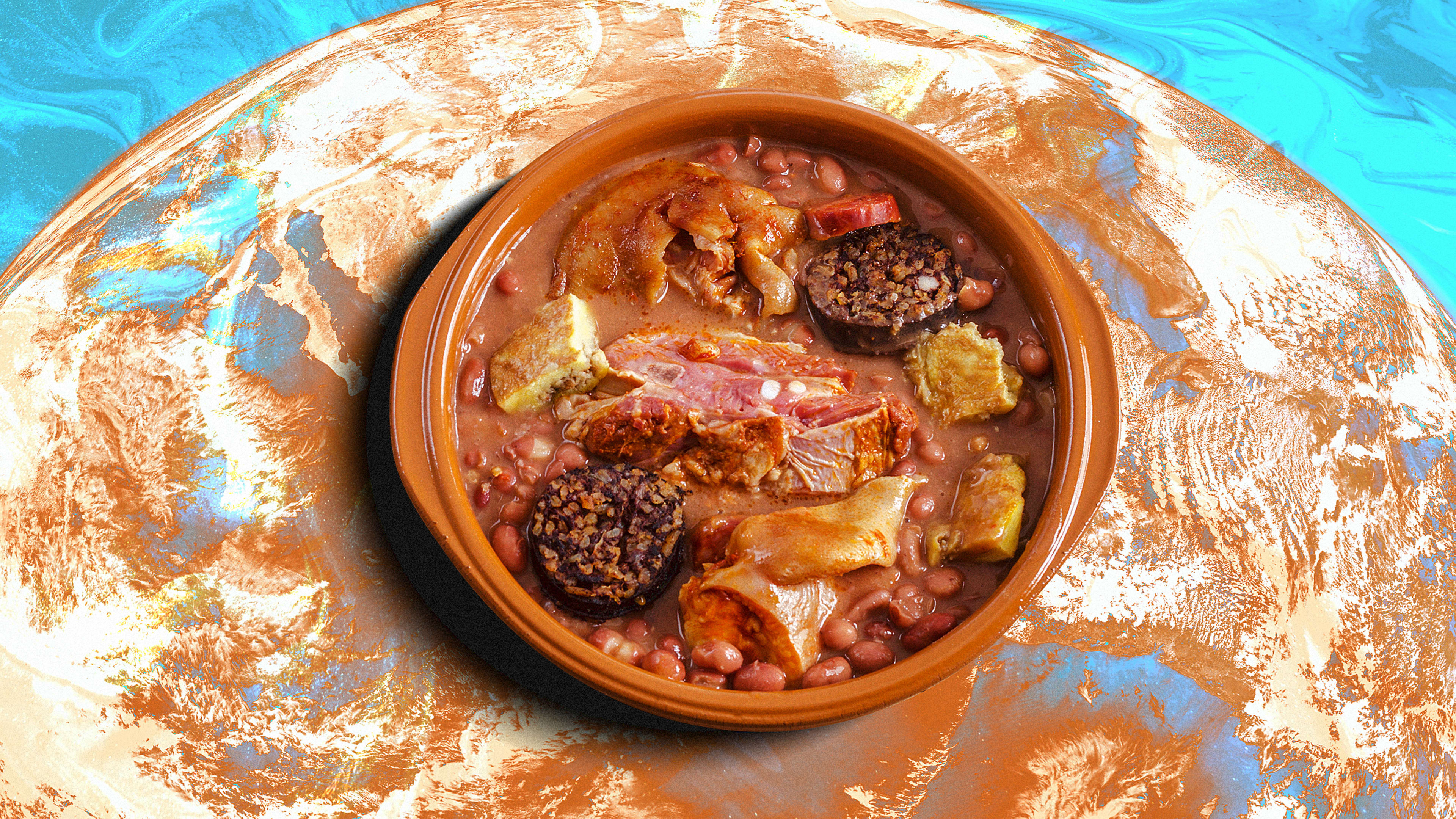In 50 years, as the climate changes, San Francisco might feel more like what North Morocco does now. Chicago might feel like part of Pakistan. Rome might feel like Southeast China. Lima, Peru, might feel like Ethiopia.
In a new project, conceptual artist Jonathon Keats examines what the changing climate means for the food we eat, and how traditional dishes may change as some ingredients no longer grow locally. When we think about how climate change impacts infrastructure, we “really have been focused on physical infrastructure,” he says. “It’s all about bridges and tunnels. To me, cultural infrastructure is at least as important.”
Keats worked with climate researchers to map out the climate “analogs” for different cities, based on temperature, precipitation, and several other factors. Then he partnered with a chef in Arizona (where Keats is a research associate at the University of Arizona’s Tumamoc Desert Laboratory) to explore ways in which ingredients from one region could be shared with another. Tucson’s current climate, for example, is similar to what the future climate could be like in Burgos, Spain. They experimented with olla podrida, a traditional Spanish stew that typically uses Spanish red beans.
“If Burgos ends up having the climate of Tucson, we came up with an alternative version of the recipe using tepery beans, which are these incredible drought-resistant beans that come from Tucson,” he says. “But you’d better know what you’re doing in order to be able to cook them correctly.”
On a new website, he invites anyone to share examples of local crops in their own hometown, how the the plants are used in food, and what they taste like. As the database grows, others can use the tool to find potential ingredient substitutes from their climate analog city in another location. The tool includes comparisons for around 2,000 cities.

In another traditional recipe from Spain, rice was substituted with white Sonoran wheat berries that grow in the Arizona desert. The crop “was actually brought by Spanish missionaries from Spain to Arizona,” Keats says. “It adapted to Arizona and was cultivated to be able to work in the Arizona climate. And now, we’re proposing that, in 50 years, if they need to, it can make the return trip to Spain.”
The project is partly a practical tool for rethinking recipes and the crops that farmers might begin to grow locally. It’s also designed to nudge people to think differently about climate impacts and how we can collaborate globally to become more resilient. “Part of it is to give people that taste of tomorrow—to be able to have a visceral, gut sense of what’s going to change,” Keats says.
Recognize your brand’s excellence by applying to this year’s Brands That Matter Awards before the early-rate deadline, May 3.
